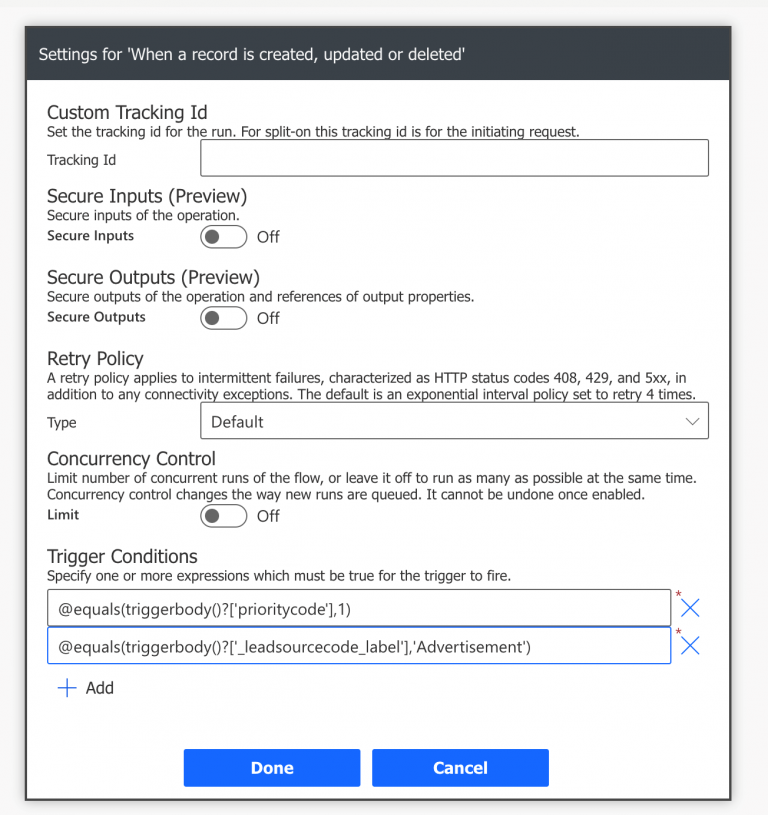

Types of Robotic Process Automation (RPA) in Power Automate This UI-based approach turns manual tasks into automated workflows by recording and playing back human-driven interaction with software systems that do not support API-based automation.

There are several benefits of using RPA such as, they can automate their processes and exchange data with their legacy, on-premises software, and many more. Many enterprises use legacy, On-Premises software for their daily use. They cannot switch to another application, nor they can use API automation with their application. –Marcel Shaw, federal systems engineer at Ivanti. Essentially, it is a virtual robot copycat. “ RPA is an advanced form of business process automation that can record tasks performed by a human on their computer, then perform those same tasks without human intervention. Let’s discuss your project What is Robotic Process Automation (RPA)? In this blog, we will learn the steps involved in automating your daily tasks using Robotic Process Automation (RPA) in Power Automate.Įarlier in 2020, Microsoft announced a recent technology within Power Automate called RPA (Robotic Process Automation).īefore discussing the Robotic Process Automation in Power Automate, let us talk about what is RPA and why we use RPA in a real scenario. Automate with RPA in Microsoft Power AutomateĪutomate with RPA in Microsoft Power Automate.


 0 kommentar(er)
0 kommentar(er)
